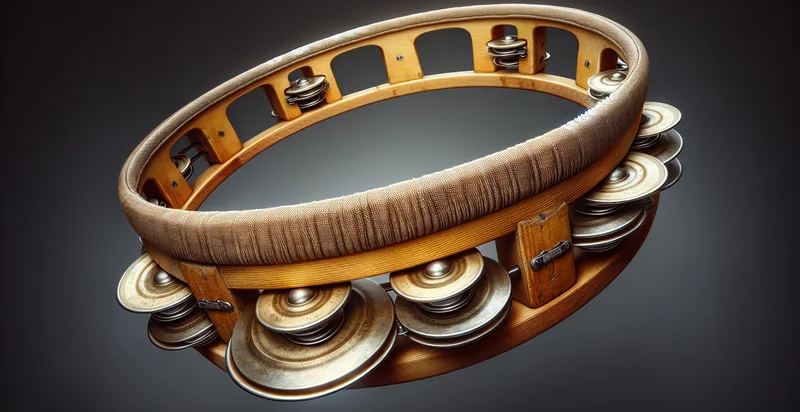Identify what material a tambourine is made from
using AI
Below is a free classifier to identify what material a tambourine is made from. Just upload your image, and our AI will predict what material a tambourine is made from - in just seconds.

Contact us for API access
Or, use Nyckel to build highly-accurate custom classifiers in just minutes. No PhD required.
Get started
import nyckel
credentials = nyckel.Credentials("YOUR_CLIENT_ID", "YOUR_CLIENT_SECRET")
nyckel.invoke("what-material-a-tambourine-is-made-from", "your_image_url", credentials)
fetch('https://www.nyckel.com/v1/functions/what-material-a-tambourine-is-made-from/invoke', {
method: 'POST',
headers: {
'Authorization': 'Bearer ' + 'YOUR_BEARER_TOKEN',
'Content-Type': 'application/json',
},
body: JSON.stringify(
{"data": "your_image_url"}
)
})
.then(response => response.json())
.then(data => console.log(data));
curl -X POST \
-H "Content-Type: application/json" \
-H "Authorization: Bearer YOUR_BEARER_TOKEN" \
-d '{"data": "your_image_url"}' \
https://www.nyckel.com/v1/functions/what-material-a-tambourine-is-made-from/invoke
How this classifier works
To start, upload your image. Our AI tool will then predict what material a tambourine is made from.
This pretrained image model uses a Nyckel-created dataset and has 10 labels, including Composite, Fiber, Foam, Glass, Leather, Metal, Plastic, Rubber, Synthetic and Wood.
We'll also show a confidence score (the higher the number, the more confident the AI model is around what material a tambourine is made from).
Whether you're just curious or building what material a tambourine is made from detection into your application, we hope our classifier proves helpful.
Related Classifiers
Need to identify what material a tambourine is made from at scale?
Get API or Zapier access to this classifier for free. It's perfect for:
- Manufacturing Quality Control: This function can be integrated into manufacturing lines producing tambourines to ensure that the correct materials are used according to specifications. By identifying the material composition in real-time, manufacturers can minimize defects and improve overall product quality.
- Material Sourcing Optimization: Businesses can leverage this image classification function to assess and verify the materials in existing tambourines before procuring raw materials. This helps in selecting suppliers that offer the best quality and cost-effectiveness for tambourine production.
- Environmental Compliance: Companies can use the function to ensure that the tambourines they produce comply with environmental regulations, such as the use of sustainable or non-toxic materials. This reinforces their commitment to sustainability and can enhance brand reputation among eco-conscious consumers.
- Product Authentication: Retailers and manufacturers can employ this function to authenticate tambourines, verifying claims about premium materials used in high-end products. This helps combat counterfeiting and assures customers about product quality and authenticity.
- Market Research and Analysis: The function can be utilized to analyze the materials commonly used in tambourines across different brands and regions. This data can inform market trends, consumer preferences, and product development strategies within the musical instruments industry.
- Repair and Maintenance Services: Businesses offering tambourine repair services can use this classification function to identify the materials used in damaged instruments. Knowing the material helps technicians to select appropriate repair techniques and replacements, ensuring that the tambourine maintains its original sound quality.
- E-commerce Product Listings: Online retailers can implement this function to accurately describe tambourine products based on their materials. This ensures better user experience through detailed product information, potentially increasing customer satisfaction and reducing returns.


